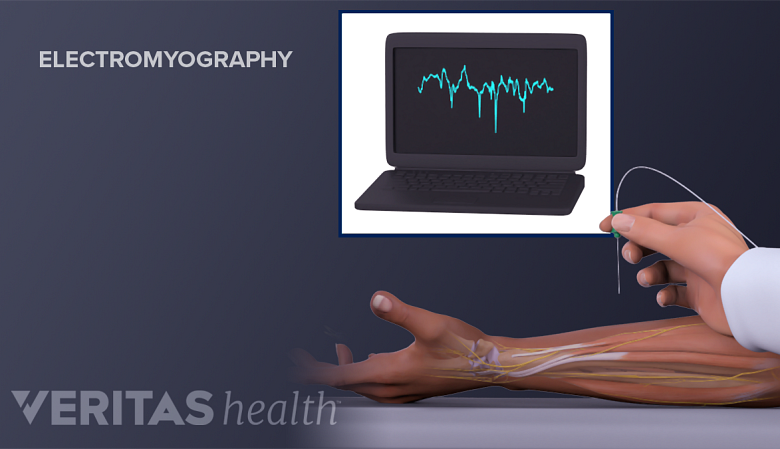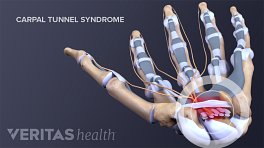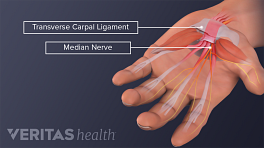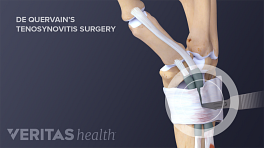Fortunately, there are several diagnostic tests that can help physicians determine if someone has carpal tunnel syndrome when they are experiencing hand and wrist pain and other neurological symptoms. Health care providers will want to rule out other conditions that can cause similar symptoms, such as arthritis or De Quervain’s Tenosynovitis (a type of wrist tendonitis).
See Is My Hand and Wrist Pain Caused by Carpal Tunnel Syndrome or Something Else?
In This Article:
Diagnostic Process for Carpal Tunnel Syndrome
Electromyography monitors muscle and nerve function by tracking electrical activity in the muscles.
Carpal tunnel syndrome is usually diagnosed by a primary care physician through a thorough patient history and one or more of several physical tests that can indicate the condition. Occasionally, imaging tests may be used.
Patient history
A patient’s physician will inquire about the history of the patient’s symptoms, when they started, what activities or actions make them worse, previous wrist or hand injuries, and/or family history of carpal tunnel syndrome or other conditions.
Physical exam
Physicians will typically begin the physical exam by examining the patient’s wrist for tenderness and swelling, testing sensation in the fingers, and looking for muscle atrophy in the base of the thumb.
There are several physical examination tests that can be used to diagnose carpal tunnel syndrome:
- Tinel's test—This test is performed by the physician tapping on the inside of the patient’s wrist, over the spot of the median nerve, to trigger carpal tunnel syndrome symptoms, including tingling in the fingers or a shock-like sensation.
- Phalen's test (also known as wrist-flexion test)—During this test, patients hold their arms up parallel to the ground and press the backs of their hands together from wrist to fingertip. The physician may exert extra pressure to the patient’s hands. The test is positive if carpal tunnel syndrome symptoms occur within 60 seconds.
- Carpal compression test—With the wrist in a neutral position, the physician applies pressure over the carpal tunnel and evaluates for triggering or worsening symptoms in the hand.
In addition to these physical exam maneuvers, electrodiagnostic tests can be helpful in diagnosing carpal tunnel syndrome by evaluating nerve function:
- Nerve conduction study—For this test, electrodes are placed on the skin at points along the nerve path and also on a muscle controlled by that nerve. A small electrical impulse is transmitted through the nerve electrode, and a measurement is taken of the intensity and speed of the response in the muscle. Nerve conduction studies can take from 15 minutes to an hour, depending on how many nerves or muscles are being tested.
- Electromyogram (EMG)—This test involves inserting a small needle into muscle tissue to measure electrical impulses while the muscle is at rest and when it is activated. The electrode may be moved a few times and the test takes about 30 to 60 minutes.
Imaging tests
Imaging tests may be used to assist with the diagnosis of carpal tunnel syndrome. Ultrasound can be used to detect structural abnormalities in the median nerve and surrounding soft tissues, while X-ray may be helpful to assess the possibility of arthritis or a fracture.
See Carpal Tunnel Syndrome vs. Soft Tissue Inflammation
Once carpal tunnel syndrome is diagnosed, patients have a number of nonsurgical treatment options they can pursue and also a common, low-risk surgical option.











